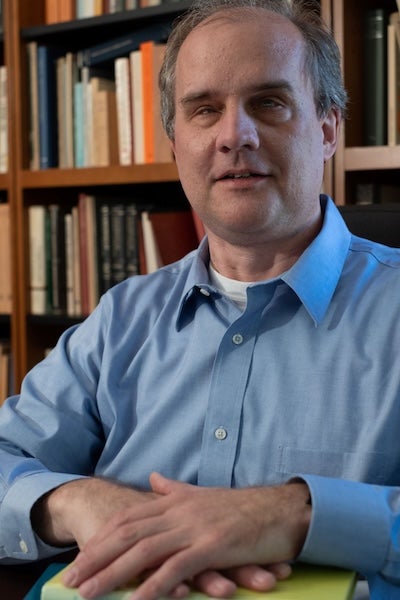The work, perspectives and lived experiences of researchers with disabilities and promotion of equity in STEM were the focus of a National Science Foundation-funded event organized by Rice University associate professor of linguistics Robert Englebretson and held July 10 in Alexandria, Virginia.

“Access and Equity in STEM: Disability and Innovation in Fundamental Research” was the first in a series of hybrid events attended by researchers from around the country and NSF staff members. The daylong event, co-hosted by NSF’s Disability Equity Initiative Working Group and the Division of Social and Economic Sciences within the Social, Behavioral and Economic Sciences Directorate, was aimed at increasing awareness and participation of people with disabilities as principal investigators and awardees in NSF’s merit review processes while advancing involvement as agency’s staff.
According to an announcement from the NSF, people with disabilities make up the world’s largest minority group, including about 26% of the U.S. population. However, statistics reveal a persistent disparity: Only 3% of workers in STEM fields are individuals with disabilities, a figure that has remained stagnant from 2011 to 2021. Ultimately, this initiative from the NSF seeks to address the underrepresentation of people with disabilities across the scientific enterprise, especially in the STEM fields.
The first event included a diverse array of scientists, educators and advocates, who highlighted the research of people with disabilities. These participants discussed their lived experiences as scientists with disabilities, how disability leads to innovation in our research and how lack of access can hinder — and has hindered — their work.
Englebretson said the diverse perspectives shared at the event clearly highlight a wide range of skills and insights that people with disabilities bring to the table when it comes to knowledge creation and innovation. These things are impossible when disabled investigators are excluded, he said, adding that he hoped the event gave attendees a chance to interact, network and hopefully bring down some of the communication barriers that may exist.
“Disabilities should not be seen as a negative — it’s part of human diversity,” Englebretson said. “And it is important that these different perspectives are represented across all types of research."

